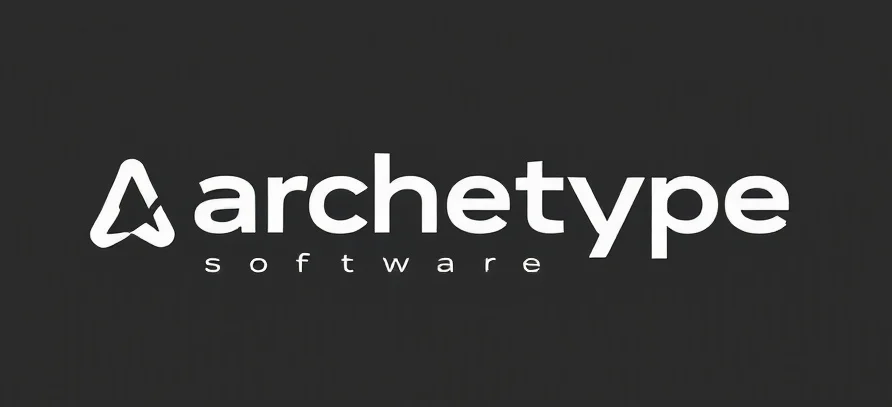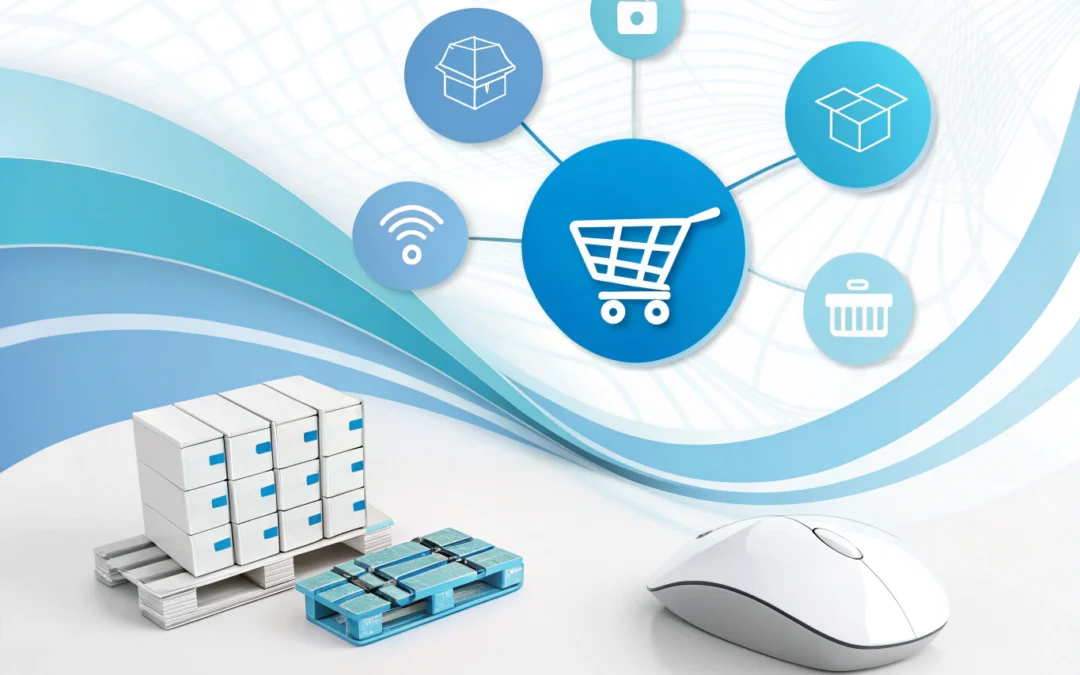The Unseen Potential of Amazon Return Pallets
Imagine a world where unwrapping the mysteries of ecommerce feels akin to treasure hunting. In this landscape, Amazon return pallets are like the modern-day equivalent of a pirate’s chest. They’re not just boxes of discarded items; they’re opportunities waiting to be explored. For those in the know, these pallets can be a goldmine. If you’re curious about how to buy amazon return pallets, you’re already one step ahead in the ecommerce game.
What Exactly Are Amazon Return Pallets?
Amazon return pallets are bulk packages of returned items sold by Amazon. These items span a vast range of categories—from electronics to home goods. The reasons for returns vary: buyer’s remorse, slightly damaged packaging, or sometimes even a simple change of mind. But therein lies the enigma and the opportunity. Each pallet is a mix of the predictable and the unexpected, challenging our assumptions about value and waste.
The Technical Side of Amazon Return Pallets
For the tech-savvy entrepreneur, understanding the logistics behind these pallets is crucial. These aren’t just random assortments; they’re systematically categorized, often listed with manifest details that provide clues about their contents. It’s like decoding a complex algorithm—an exercise in probability and foresight. You’ll need to delve into data, evaluate potential resale values, and perhaps even employ some predictive analytics to make the most of your investment.
Transforming Returns into Revenue
Now, let’s talk transformation. The real magic lies not just in buying these pallets but in the ability to flip them into profitable ventures. This process demands a blend of logistics management, market analysis, and sometimes a bit of tech wizardry. Imagine AI algorithms helping you sort items by resale value or using machine learning to predict which categories are likely to yield the best returns.
Beyond the Pallet: Building a Strategy
Venturing into the world of return pallets isn’t just about the immediate transaction. It’s about crafting a strategy—a roadmap that turns bulk into bucks. Consider developing a niche market or leveraging online platforms to reach the right audience. Perhaps it’s about iterating on this model with AI tools that optimize pricing strategies or streamline inventory management. The possibilities are only limited by your imagination and your willingness to experiment.
Actionable Recommendations
- Start with research: Dive deep into understanding what return pallets are and how they fit into your business model.
- Use data-driven decision-making: Employ analytics to gauge potential resale values and demand trends.
- Consider technological tools: Explore AI and machine learning applications that can assist in sorting, pricing, and selling items efficiently.
- Develop a niche: Focus on a particular category or market segment where you can establish expertise and brand recognition.
- Iterate and innovate: Continuously refine your strategy based on market feedback and emerging technologies.
In essence, the journey of turning Amazon return pallets into a lucrative venture is akin to a tech startup’s lifecycle. It requires curiosity, a willingness to delve into the unknown, and the strategic use of technology to transform potential into profit. So gear up, tech explorers, and happy hunting!
Checkout ProductScope AI’s Studio (and get 200 free studio credits)

